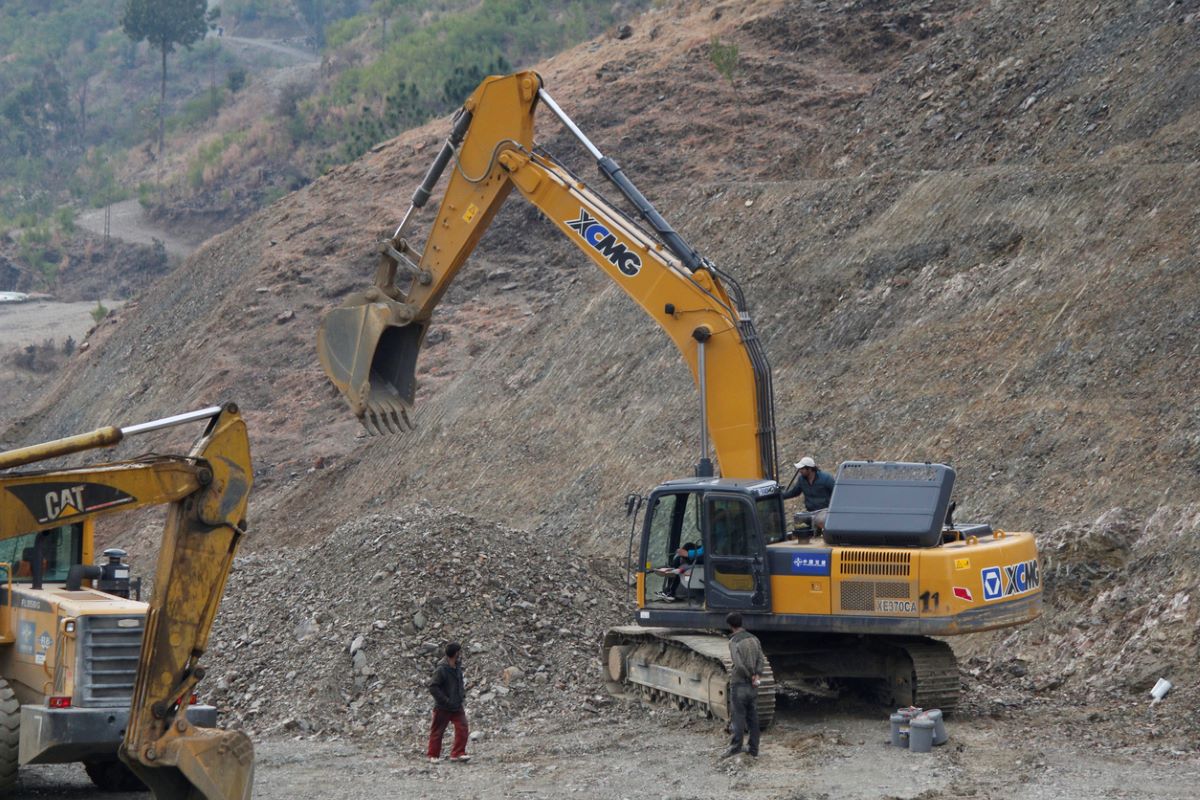There has distinctly been a remarkable moodswing on the part of Pakistan’s Prime Minister during his visit to China on the eve of the Winter Olympics. Having been a consistent critic of the project called the China-Pakistan Economic Corridor (CPEC) before he assumed power, Imran Khan has concluded a fresh agreement with the authorities in Beijing to begin the second phase of the $60 billion project.
Nay more, he has even praised what he once called a controversial project ~ in the perspective of Pakistan ~ emphasizing this time around that it had strategic significance for both countries. Mr Khan, it bears recall, had criticized the project for its inherent secrecy and “uneven investments” that in his reckoning had neglected certain provinces to the west of the Radcliffe Line.
Advertisement
He noted in Beijing last weekend that CPEC’s “early harvest projects”, so called, have transformed Pakistan’s economic landscape, thus laying a firm foundation for sustainable economic growth. The agreement for CPEC Phase 2 envisages higher FDI, promotes the development of economic zones and seeks to “initiate, plan, execute and monitor projects”.
The ambitious CPEC is a 3,000- km-long route of infrastructure projects connecting the Xinjiang Uyghur Autonomous Region and the Gwadar port in Pakistan’s western province of Balochistan. India has protested to China against the project not the least because it is being laid through Pakistan-Occupied Kashmir (POK). As CPEC enters its second phase, it will be riveted to industrialisation and the development of economic zones in what appears to be a paradigm shift. Hence the need for a comprehensive Framework Agreement became imperative.
Pakistan, it has now transpired, has received about half of all Chinese development finance as loans that are at or near commercial rates, as against grants. The country received about half of all Chinese development finance in the form of “export buyer’s credit” i.e. money lent by Chinese entities to Pakistan to facilitate the purchase of equipment and goods to be bought by Chinese implementation partners. In a word, the nature of China’s financing calls for greater transparency, although Pakistan is in no demand it.
Nonetheless, the equation between Beijing and Islamabad was reinforced on Sunday when Mr Khan called on President Xi Jinping on the last day of his four-day visit. They discussed a welter of issues, notably the slow pace of CPEC and the increasing concern of China over the repeated attacks on its personnel working on its various projects in Pakistan.
The bonhomie inspired both leaders to express support for Islamabad in its efforts to safeguard national independence, sovereignty, and the fight against terrorism. “Both sides iterated that a peaceful and prosperous South Asia is in the common interest of all parties,” said a joint statement issued at the end of the Pakistan PM’s visit. Altogether, it was a remarkable bout of economic diplomacy amidst the grandstanding of the Winter Olympics.
